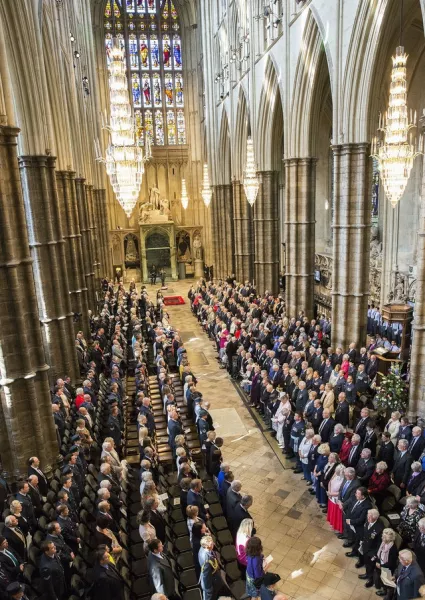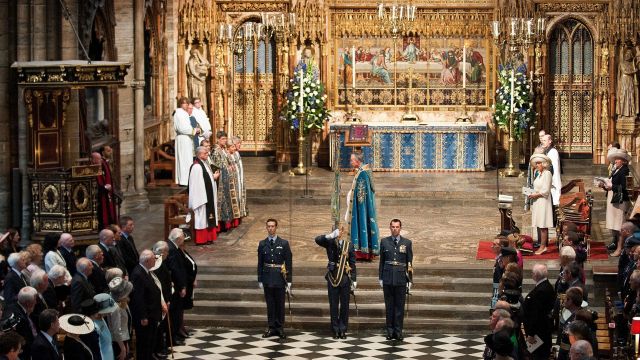The annual Sunday service usually attracts around 2,000 people to the London landmark as the UK commemorates the first battle in history fought entirely in the air during the Second World War.
However, this Sunday’s event will see attendance significantly reduced and social-distancing measures in place for around 100 invited guests – with the abbey vowing the service will be “reduced in stature but not in spirit”.

A spokesperson said: “The Abbey is a very large church, it usually holds 2,200, so the guests will be easily spaced out to conform with social distancing.”
It will be the first major service to take place at Westminster Abbey since the Commonwealth Day service held earlier this year on March 9, two weeks before the UK went into lockdown in response to the pandemic.
The 11am service, to be led by Dr David Hoyle – the Dean of Westminster Abbey, will include an act of remembrance, during which the Battle of Britain Roll of Honour bearing the names of 1,497 pilots and aircrew killed or mortally wounded in the battle will be borne through the church.

This will be followed by a procession of flags, readings, prayers and music – with a flypast over Westminster Abbey planned at the end of the service.
The Battle of Britain was a major air campaign fought in the skies over the UK in 1940, and although the battle took place between July and October, September 15th saw the British Royal Air Force (RAF) gain a decisive victory over the Luftwaffe in what was Nazi Germany’s largest daylight attack.
Some 1,120 Luftwaffe aircraft were sent to attack London, but were repelled by just 630 RAF fighters – and two days later Hitler postponed his plans to invade Britain.

Westminster Abbey has held a service of thanksgiving and rededication on Battle of Britain Sunday every year since 1944.
Previous services have been attended by a member of the royal family, representatives of the UK government and the RAF, alongside veterans and their families.
Commemorations have been limited this year due to coronavirus restrictions, but a variety of tributes took place across the UK including special exhibitions from the Imperial War Museum, a radar-based lightshow by the Royal Air Force Benevolent Fund and the addition of several new sites to the National Heritage List.







